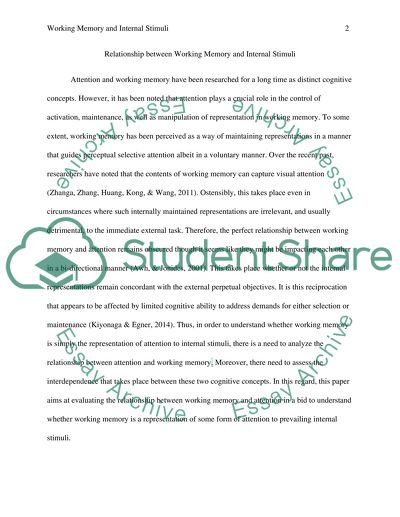Cite this document
(“Is working memory simply attention to internal stimuli Essay”, n.d.)
Is working memory simply attention to internal stimuli Essay. Retrieved from https://studentshare.org/psychology/1677629-is-working-memory-simply-attention-to-internal-stimuli
Is working memory simply attention to internal stimuli Essay. Retrieved from https://studentshare.org/psychology/1677629-is-working-memory-simply-attention-to-internal-stimuli
(Is Working Memory Simply Attention to Internal Stimuli Essay)
Is Working Memory Simply Attention to Internal Stimuli Essay. https://studentshare.org/psychology/1677629-is-working-memory-simply-attention-to-internal-stimuli.
Is Working Memory Simply Attention to Internal Stimuli Essay. https://studentshare.org/psychology/1677629-is-working-memory-simply-attention-to-internal-stimuli.
“Is Working Memory Simply Attention to Internal Stimuli Essay”, n.d. https://studentshare.org/psychology/1677629-is-working-memory-simply-attention-to-internal-stimuli.


